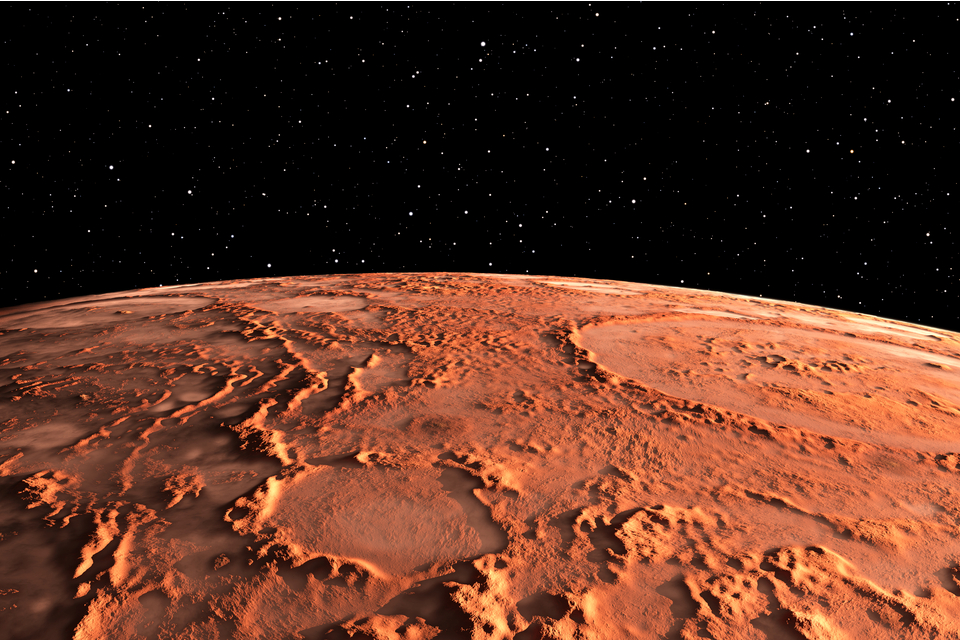A team of researchers has recently found water ice just inches below Mars’s surface. In some parts of the Red Planet, future explorers may be able to harvest water by merely scratching the surface.
There’s no doubt that crewed missions to Mars would be easier if astronauts don’t have to bring water from Earth. They could just harvest water from the planet for drinking and fuel.
There was just one problem.
While past studies suggest that water ice exists somewhere around 10 meters beneath the martian soil, scientists didn’t know the exact depth. As a result, they could not decide whether to pack mining equipment in a Mars exploration or if a simple shovel would do the trick.
However, after a team of researchers monitored Mars’s surface temperature for a season, they deduced how deep ice must be across the entire planet. It turns out a simple shovel would do the trick after all.
In a news release, NASA‘s Jet Propulsion Laboratory researcher and the paper’s lead author, Sylvain Piqueux, said:
“You wouldn’t need a backhoe to dig up this ice. You could use a shovel. We’re continuing to collect data on buried ice on Mars, zeroing in on the best places for astronauts to land.”
So, how did the researchers make this discovery?
Finding Water Ice on the Red Planet
During summer, the underground ice absorbs extra heat from the surface and cools the ground above at the same time. Then, the ice releases some of the stored heat in winter, bringing warmth in the process.
The researchers noted that the more dramatic the heating and cooling process is, the closer to the planet surface the ice must be. So, they created a map of how deep water ice is on the entire planet.
It turns out that the ice is just a few inches below the surface in large areas of Mars. “It’s just right there, you can scratch the surface and access it,” said Piqueux.
Now, the researchers can use the map to identify promising landing sites for future astronauts.
According to Piqueux, not only do shallow ice exist near Mar’s poles, but you’ll find it at the lower latitude as well. Since it’s more challenging to land in the poles, future explorers of the Red Planet can land closer to the equator.
In the end, the researchers admitted that further studies are required to provide a better image of where water ice lies beneath the planet. Also, they had to study the terrains to identify where the best landing sites could be.



















Comments (0)
Most Recent